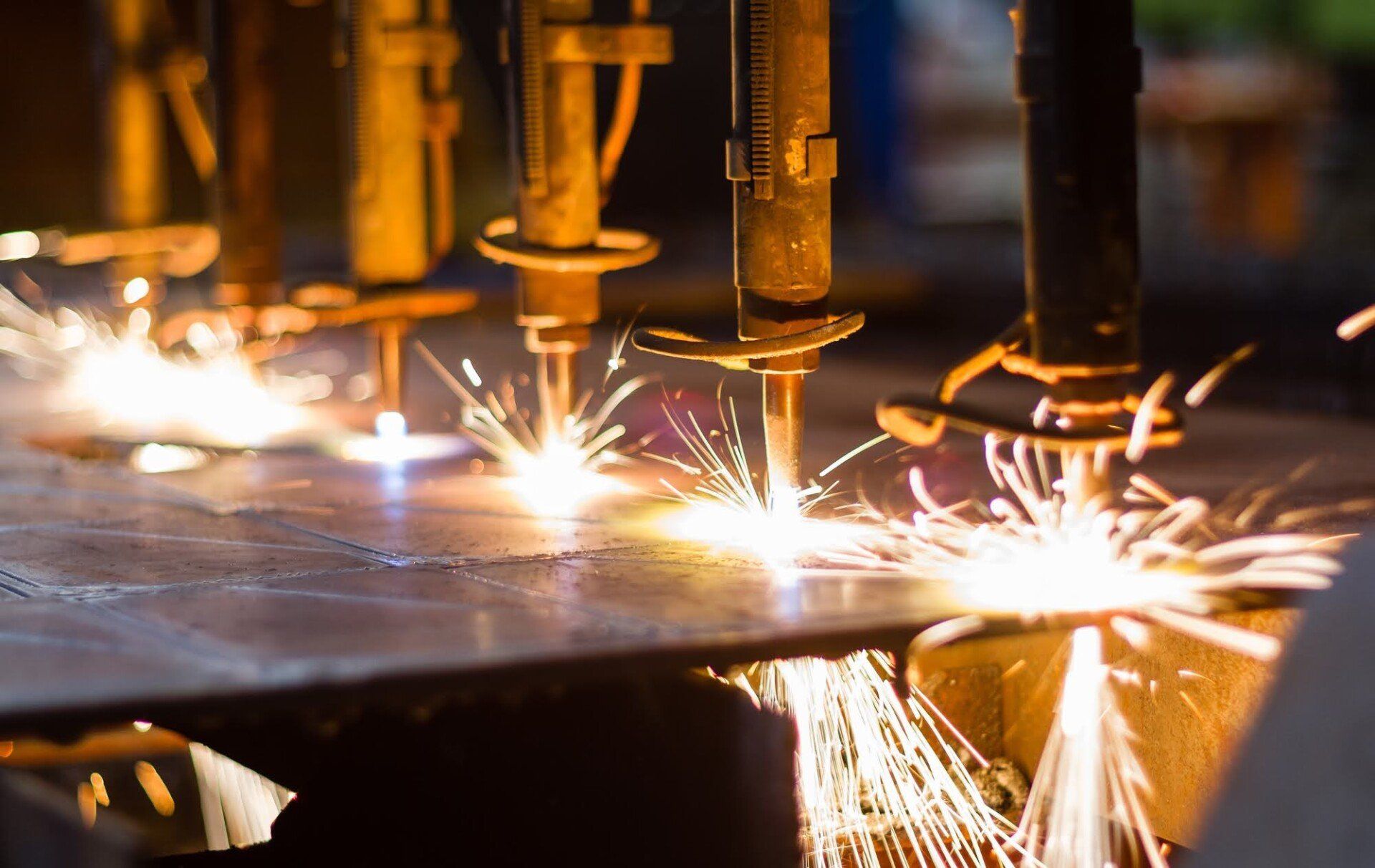Why Laser Cutting is an Effective Option for Limited Raw Materials

Whether you're looking to fabricate vehicle components, garage doors, or furniture, having access to enough raw materials is critical. Unfortunately, traditional fabrication techniques often result in material waste and increase the cost of your manufacturing process. So what happens if you have a limited supply of raw materials? In such cases, consider working with fabricators who use advanced laser cutting techniques.
Laser cutting technology reduces material waste and boosts cutting efficiency. Furthermore, you can customize the fabrication process to generate products that your customers will love. Here's why laser cutting is the top choice if you have limited raw materials for your end products.
You Can Match the Laser Power to Cut Thickness
Laser cutting has expanded over the years. Many CNC machines generate high-powered laser beams that slice through substrates with high precision. Whether you're dissecting thick sheet metal or engraving tough material such as stainless steel, there are many laser power options at your disposal. Consider matching power levels with the thickness you would like to achieve in your cut.
Lasers with higher power levels sometimes result in thicker cuts, so don't always assume that maximum power is the way to go. A better strategy is to communicate project expectations with your laser-cutting contractor. For example, adjust the power rating to optimize fabrication yields and reduce waste.
Custom Laser Types Increase Cutting Efficiency
In addition to power rating, you can also choose from many different types of lasers. CO2 lasers are a popular option for both metallic and non-metallic surfaces. CO2 lasers are also contactless in their cutting mechanism, resulting in minimal damage to your substrate.
However, if you're dealing with a highly reflective surface, fiber lasers are a better alternative. Fiber lasers produce beams with short wavelengths that penetrate your substrate with minimal material waste. Fiber lasers are also effective for thick substrates.
A third option to consider is the Nd:YAG laser. The powerful Nd:YAG laser cutting technology extends beyond industrial applications to medical and manufacturing industries. Due to their accuracy and flexibility, Nd:YAG lasers are a reliable choice for limited raw materials during the cutting process.
Variable Pulse Rate Expands Functionality Across Materials
Laser cutters operate in unique ways to reduce material waste. For example, variable pulse technology adjusts the output intensity of a laser beam to customize cutting efficiency. By delivering the laser beam on your substrate at a varying rate, you can achieve deeper, faster, and more customized cutting patterns.
Variable pulse technology goes a long way towards minimizing raw material consumption. You can customize the cutting process to account for material thickness, reflection, and shape. You can also group your pieces into clusters before cutting them. Grouping increases the efficiency of your laser and minimizes the distance that your beams have to travel during the cutting process.
Laser Welds Also Reduce Material Waste
Laser welding uses low heat technology to create a weld pool that doesn't contaminate neighboring surfaces. Such a strategy allows for tight welds within compact surfaces. If you need to strengthen an already-existing weld within your product, this highly accurate technique will repair the damaged surface without causing deformation.
Laser welding is an effective solution for customers who need accurate, effective, and reliable welds. If you have a limited supply of materials during the welding process, you can rely on laser welding to minimize waste.
Having limited raw materials doesn't have to bottleneck your fabrication process. With an experienced and reliable laser cutting service by your side, you can optimize manufacturing outcomes and turn as much raw material into end product as possible. Ready to start cutting? Contact Spradlin Bros Welding Co. today.


